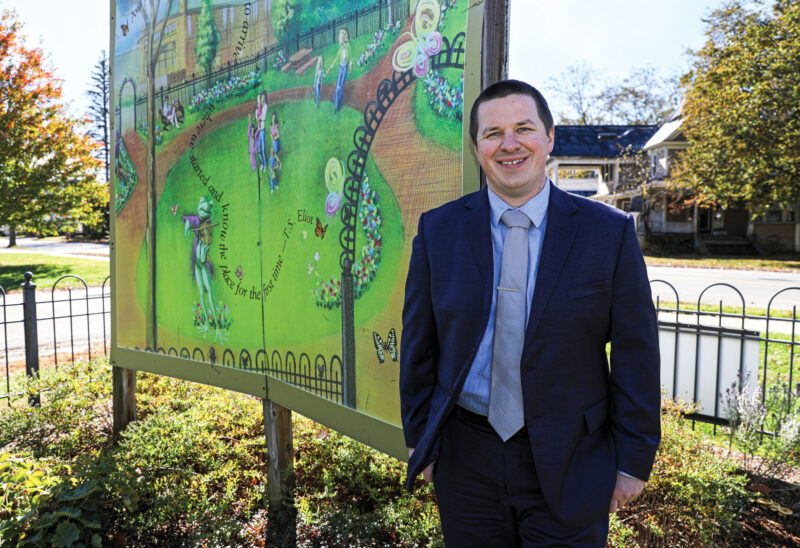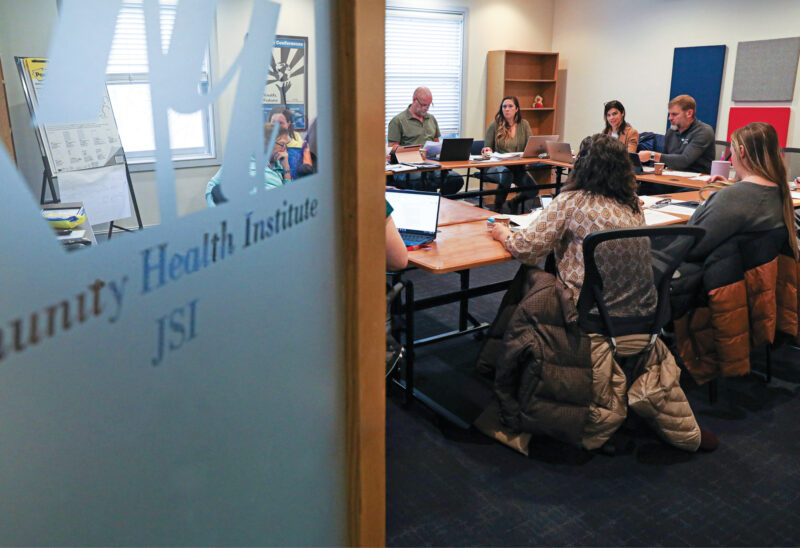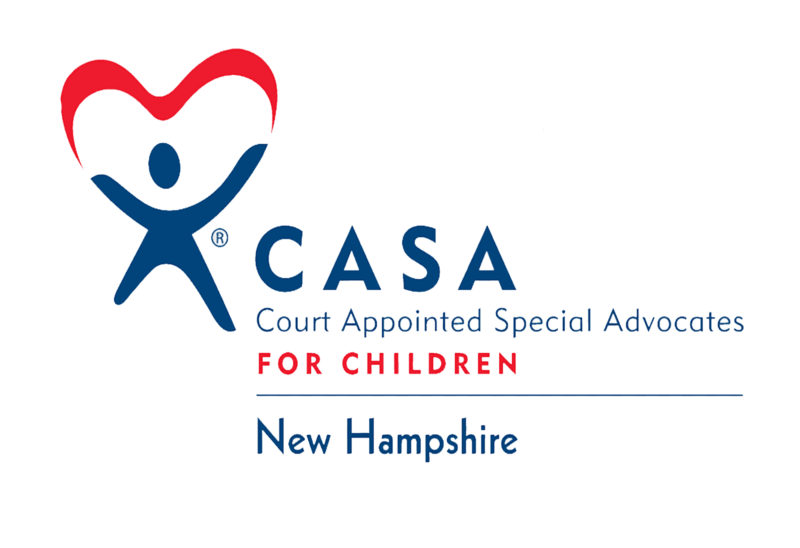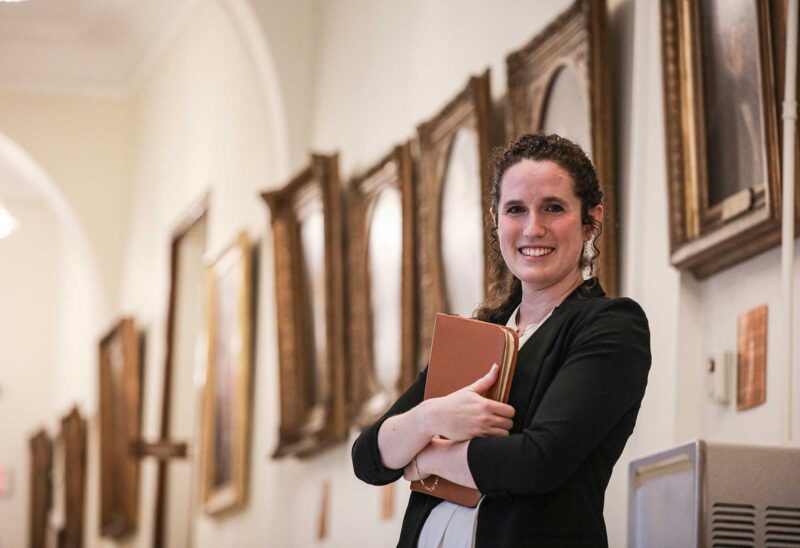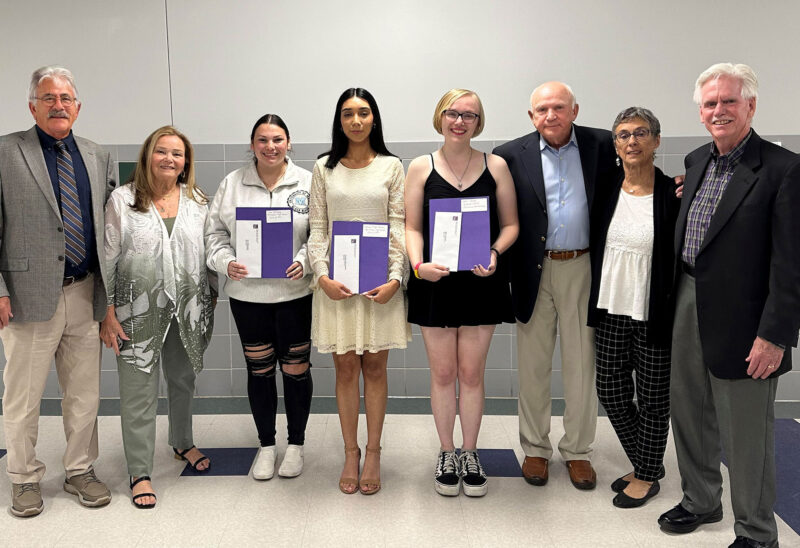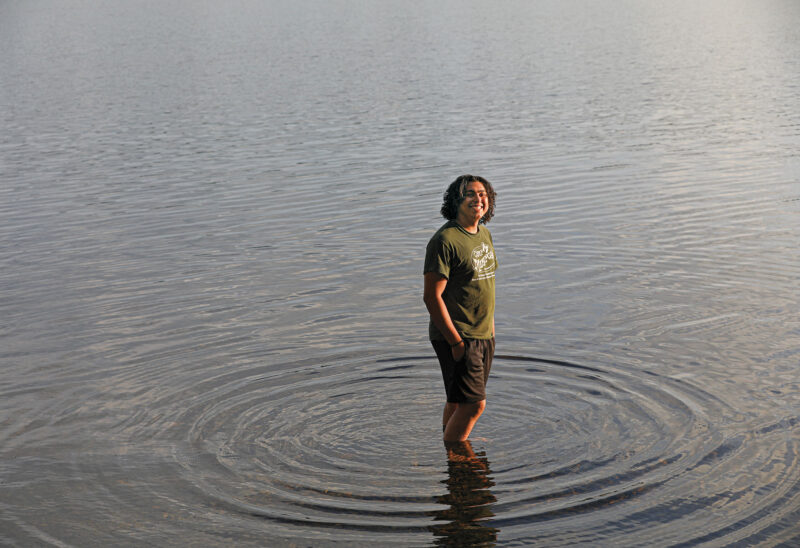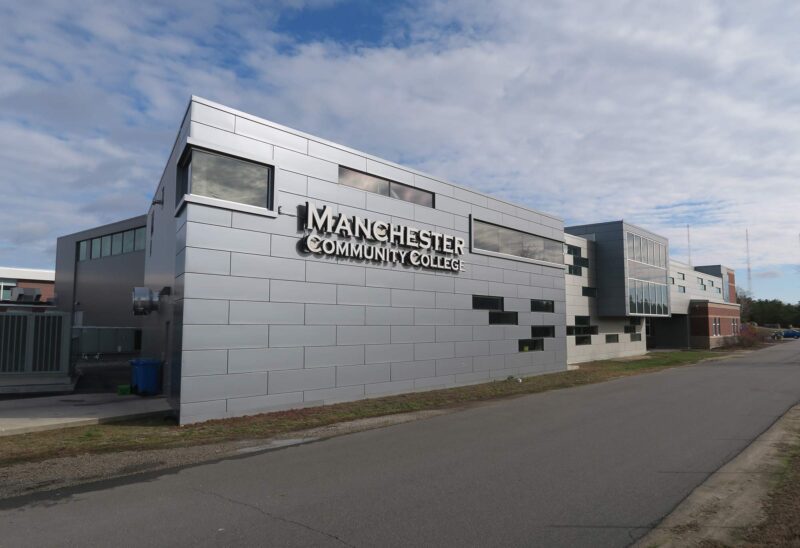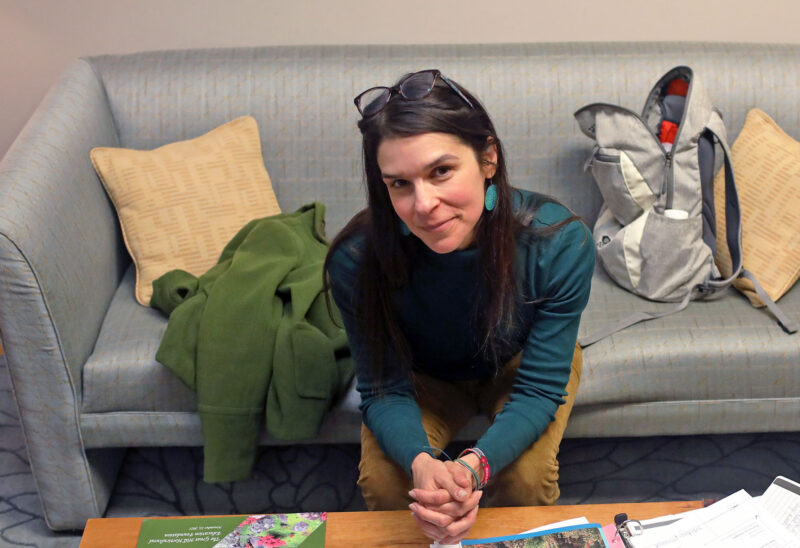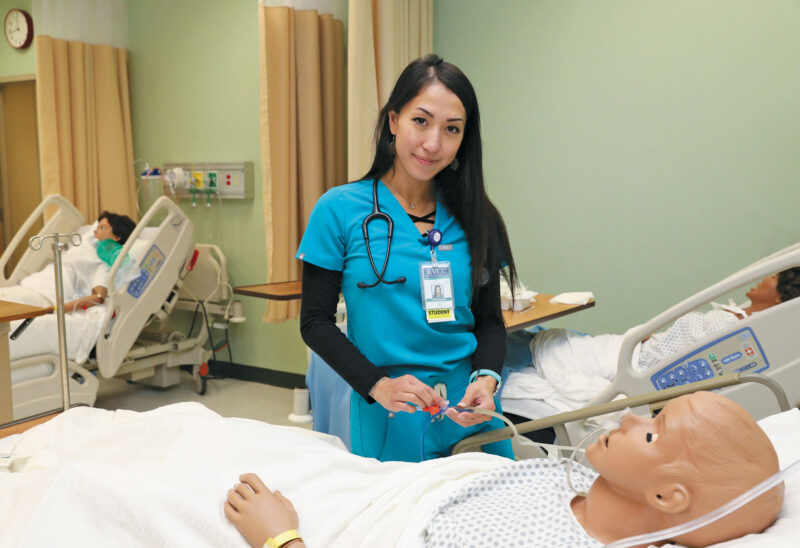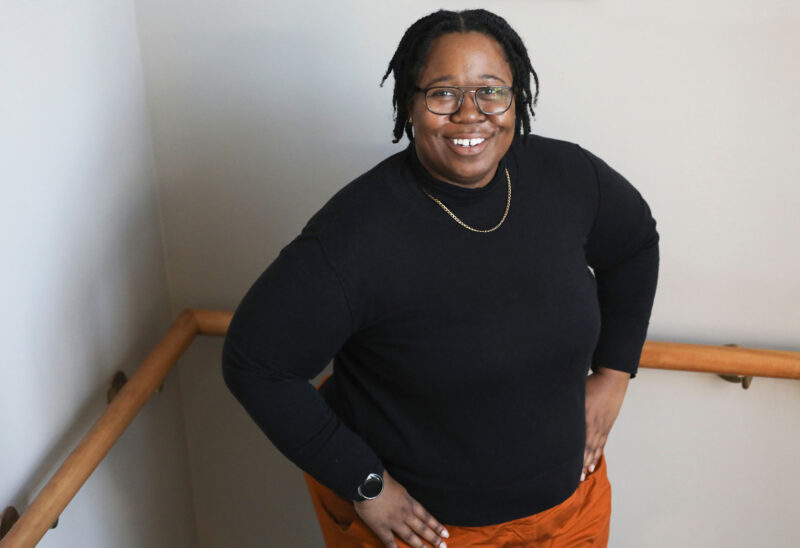CHICAGO, IL – Every child deserves the opportunity to reach her full potential. There may be no idea more fundamental to our national identity and values.
But right now only some kids have that chance. Millions of others face a narrowing of opportunity that threatens not only their well-being but the shared health and vitality of American communities.
A network of quietly effective organizations has taken up the charge to help narrow the “opportunity gap”: America’s community foundations.
And now, many of those foundations — each of which is already working on youth opportunity in its own region — have joined forces into a national coalition to advance the work.
The Community Foundation Opportunity Network is comprised of 40 community foundation leaders from New Hampshire to Georgia to Illinois to Seattle. Many of the nation’s largest community foundations — serving major metropolitan areas, entire states and regions — are represented. The move by community foundations to join forces in a sustained effort for social change is unprecedented.
Robert Putnam, one of the world’s most renowned political scientists and author most recently of “Our Kids: The American Dream in Crisis,” calls the Community Foundation Opportunity Network “the backbone of this national movement” to increase opportunity for America’s kids.
Putnam is sort of the Paul Revere of the opportunity gap, traveling the country (to more than 100 towns and cities in the past year) raising the alarm: The starkly unequal access to opportunity facing America’s children has the potential to wreak social and economic havoc if something is not done to reverse current trends.
We need to transform our communities into places where people care about their own children and the well-being of others’ children.
– Brian Collier, Foundation for the CarolinasTweet This
Putnam sees community foundations as local hubs for that work.
“Community foundations, where they are strong, are the civic backbones of their communities,” he said. “Community foundations have obvious financial clout, but they also have convening clout and they have the ability to articulate the needs of a community.”
Many community foundations are already working on ways to increase youth opportunity — leading and supporting initiatives to bolster opportunity from infancy through college and professional training.
And many are now doing so with a redoubled sense of urgency and unity — and armed with a new body of research and data to drive innovative solutions.
“Any science- or researched-based analysis of the trends would suggest that if they are not reversed, the fundamental pillars of our country, of our principles, of our people’s health and wellness and prosperity are in serious jeopardy,” said Tony Mestres, president and CEO of the Seattle Foundation.
Troubling trends
Communities around the country are facing different particulars, but the trends are similar:
Coast to coast, Americans are increasingly segregated by class and the opportunity gap is growing wider. Children in wealthier neighborhoods have access to all kinds of opportunities that help them grow into productive, fulfilled members of communities and families. Kids from low-income families — often living in neighborhoods bordering affluent areas — have less access to everything from quality early childhood education to advanced placement courses in high school to sports and enrichment activities that provide mentoring and team-building. They fare worse academically, are less likely to go to college — and are less able to grow into productive members of their communities. Worse: the trajectory risks continuing downward as kids who grow up with little access to opportunity have kids of their own. Forty-three percent of children born into the bottom economic quintile in America, according to a recent report from the Brookings Institution and American Enterprise Institute, remain stuck in that circumstance as adults.
“The cracks in our society are turning into crevasses, and too many of our children are going to be left behind, without a real chance at the American dream,” Mestres said. He describes Seattle as having “massive assets” and “unacceptable disparities.”
Community foundations: hubs for solutions
Community foundations are leading and investing in a variety of ways to increase opportunity for America’s kids — from early childhood education to parenting classes to college scholarships, education reform, issues facing boys and young men of color, workforce training, substance use prevention and treatment, youth mentoring and more. The Opportunity Network will be a nexus for sharing best practices and solutions. It will give community foundations the opportunity to speak with a collective voice about youth opportunity on a national scale, and connect practitioners working at the grassroots level with policymakers, thought leaders and funders at the regional and national levels.
Richard Ober is president and CEO of the New Hampshire Charitable Foundation and is leading the Community Foundation Opportunity Network.
“Community foundations today are not just funders. We are local leaders of social change,” Ober said. “It is imperative that we do what we can to provide all of our kids with access to opportunity. This is not only a moral obligation to our kids — it is also an economic and social imperative for our communities.”
Not a region of the country is untouched by the opportunity gap.
“There are local nuances, but there are also common responses that we all have to explore, and I think it’s better that we do that at the same table,” said Brian Collier, executive vice president at the Foundation for the Carolinas.
Growing momentum
The group met in Chicago in July. Community foundation leaders were briefed by national policy and foundation experts, community foundation work to increase youth opportunity from around the country was highlighted, and the group created a youth opportunity “network map.” The group continues to welcome community foundations and other place-based funders to its membership.
“I am so excited about this group,” said Rebecca Byrne, President and CEO of the Community Foundation of South Alabama. “I am delighted to be part of something a lot bigger than what we can do by ourselves. We should be doing things that are gutsy.”
Michael Laracy of the Annie E. Casey Foundation described the momentum that has been building in the country to narrow the opportunity gap.
“It really has captured the public imagination – and policy-makers’ imagination,” Laracy said. “[Putnam’s] book has changed the game.”
He briefed the group on Casey’s “Opportunity 2017” public policy work, and said community foundations – with their deep roots and broad networks in communities – will be key to articulating local needs to help shift national policy.
“A partnership between national foundations…and the Community Foundation Opportunity Network is tremendously exciting,” Laracy said, “And we’re all-in.”
As Putnam so often says, the issue is solidly “purple” – with solid common ground among people of different political ideologies.
The American Enterprise Institute and the Brookings Institution recently teamed up to publish “Opportunity, Responsibility and Security, a consensus plan for reducing poverty and restoring the American dream.” Robert Doar of the American Enterprise Institute is a member of the working group that produced that report.
“I think Bob Putnam is absolutely right – community foundations can play a really important role,” Doar said, “but it’s key that they be informed about the macro statistics and what scholars and academics from both sides have found works, and what needs additional attention.”
Complex solutions require everyone at the table
The problem and its sources are multi-layered. Solutions will be necessarily complex — at both the project and systems-change levels.
“Community foundations,” Ober said, “are superb incubators and testers of what works in social change in America.”
The Opportunity Network, said Alicia Philipp, president of the Community Foundation for Greater Atlanta, “certainly elevates the issue in a national perspective … not just: ‘oh the sky is falling,’ but ‘here is a whole group of organizations that are deeply embedded in communities that are working on solutions. It raises up potential solutions that can be scaled and expanded. It shows that we are more than individual community foundations in individual communities — that there is a movement across the country.”
Putnam used Atlanta as a case study in “Our Kids,” describing startling inequities and their effect on kids and families. As an example, Putnam describes the Buckhead neighborhood, with a median household income of roughly $150,000 and a child poverty rate of almost zero, which lies just 15 minutes from an inner-city neighborhood with a median household income of $15,000 and a child poverty rate of about 75 percent.
“The numbers speak for themselves: We’re number one in inequity and number two in lack of economic mobility, so clearly we have a problem,” Philipp said.
One way that foundation is addressing the gap is through its Achieve Atlanta initiative. With a $20 million gift from a donor, the foundation worked with the public school system to put a college counselor in every public high school in the city, provide scholarships to students with financial need and counseling and emergency funds to students while in college to help them complete school and earn their degrees.
Many conversations about the causes of, and potential solutions to, the opportunity gap can be difficult to have: conversations about class, and race, and family planning and parenting skills and marriage and drug abuse. Community foundations are known for being able to bring everyone to the table — across political and religious ideologies, from the public, private and social sectors — to work together.
“We’re the place where difficult conversations can take place,” Collier said.
The Duluth Superior Area Community Foundation has used a grant from the Margaret A. Cargill Foundation to launch an “Opportunity Gap Initiative” aimed at improving parenting skills, education and community connections for poor families and kids. The foundation brought together leaders from diverse backgrounds to learn about the issues first-hand and inform the foundation’s work. They talked with nonprofit leaders and educators and with parents and children living in dangerous and impoverished neighborhoods.
“So many convening committee members said to us ‘this experience has changed my life. Now I see the world through the opportunity gap lens,’” said Holly Sampson, president of the Duluth Superior Area Community Foundation.
In Charlotte, North Carolina, a 2013 study showed the city ranked 50th in upward economic mobility among 50 cities studied. The Foundation for the Carolinas hit “pause” on major grantmaking for a year and brought together a task force to learn from national and local experts and chart a path forward. The foundation is considering a range of ways to help change this trajectory, including workforce development, early childhood education and family supports.
“We need to transform our communities into places where people care about their own children and the well-being of others’ children,” Collier said. “It’s one thing to say ‘we value kids in our community.’ It’s another to ask the question every time a decision is made — a zoning decision, a budget decision, a job description — about ‘how will this decision impact the opportunity trajectory of our children?’”
Taking the long view
The solutions won’t be quick. Community foundations can take a long view.
“Community foundations can hold a torch for an issue that is likely to need 10, 20, 30 years to develop a response and then to measure whether that response was effective,” Collier said. “Political institutions are not designed to have that kind of arc. We, as community foundations, need to be the ones to step up and be brave enough to require that of ourselves and our communities.”
The New Hampshire Charitable Foundation is investing $100 million over a decade to work across the four focus areas of its New Hampshire Tomorrow agenda to increase youth opportunity: early childhood development, family and youth supports, substance use prevention and treatment and education and career readiness.
The movement that the Community Foundation Opportunity Network represents, Ober hopes, will help spur policy changes at the state and national level that are needed to provide all of America’s children with access to opportunity.
“I think Americans are looking for pillars of hope,” Ober said. “Society needs institutions like ours as like no time before.”
Ask Putnam why this work by community foundations is imperative, and his tenor becomes urgent:
“We are moving toward a two-tier caste society in America in which one group of American families is doing well, and their kids and their kids’ kids and their kids’ kids’ kids will do well … and other groups are not going to do well. That is what a hereditary aristocracy looks like,” Putnam said. “And that is precisely why we had an American Revolution. That is what it was about … You shouldn’t inherit your station in life. That’s what this country is founded on. That’s where we come from.”
Equality of opportunity, Putnam said, “isn’t just some ‘nice-to-have.’ It’s the essence of America. And that is what’s at risk here.”
Additional resources
“Our Kids, the American Dream in Crisis,” by Robert Putnam.
“Closing the Opportunity Gap,” a series of follow-up white papers from the Harvard Kennedy School of Government with recommendations from experts convened by Putnam.
“Opportunity, Responsibility, and Security: A consensus plan for reducing poverty and restoring the American dream,” from the American Enterprise Institute and Brookings Institution Working Group on Poverty and Opportunity.
This article has been updated from an original post on July 19, 2016.








